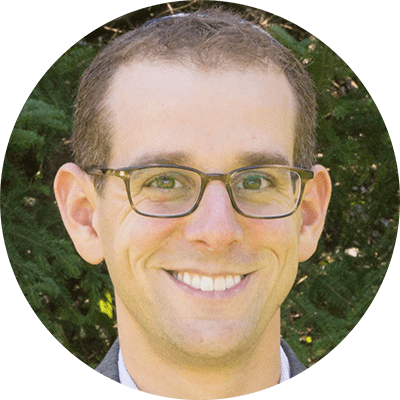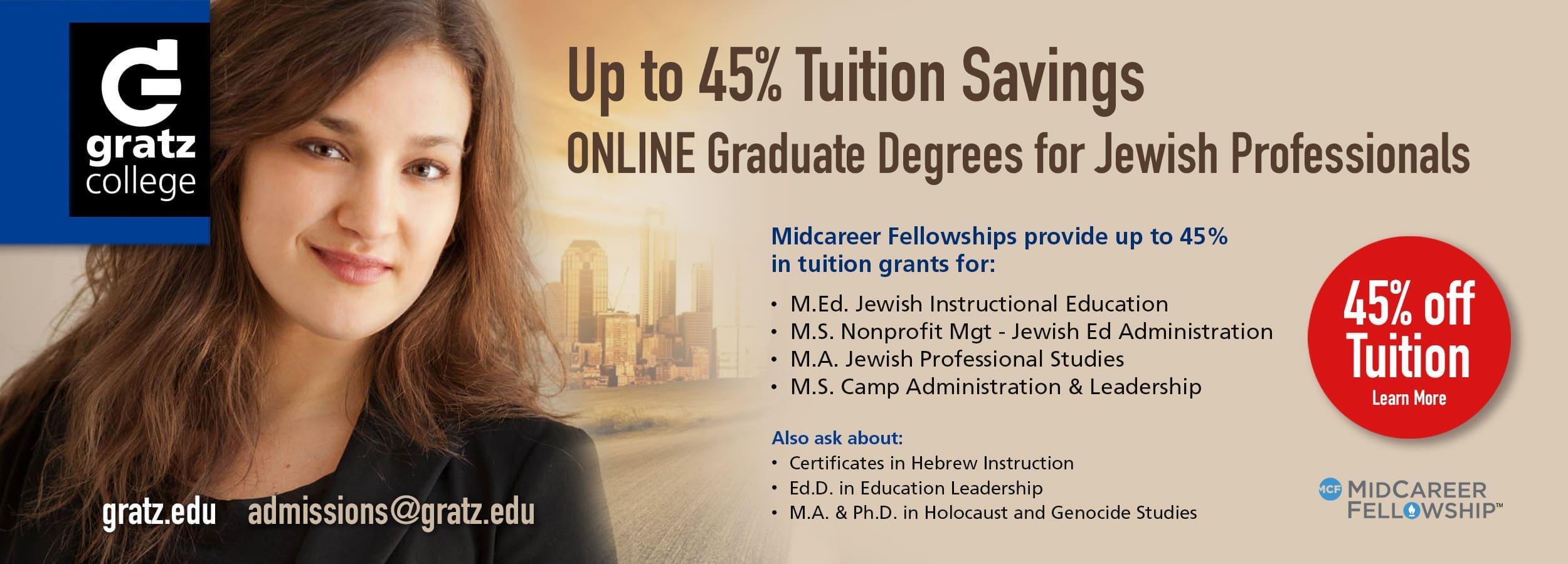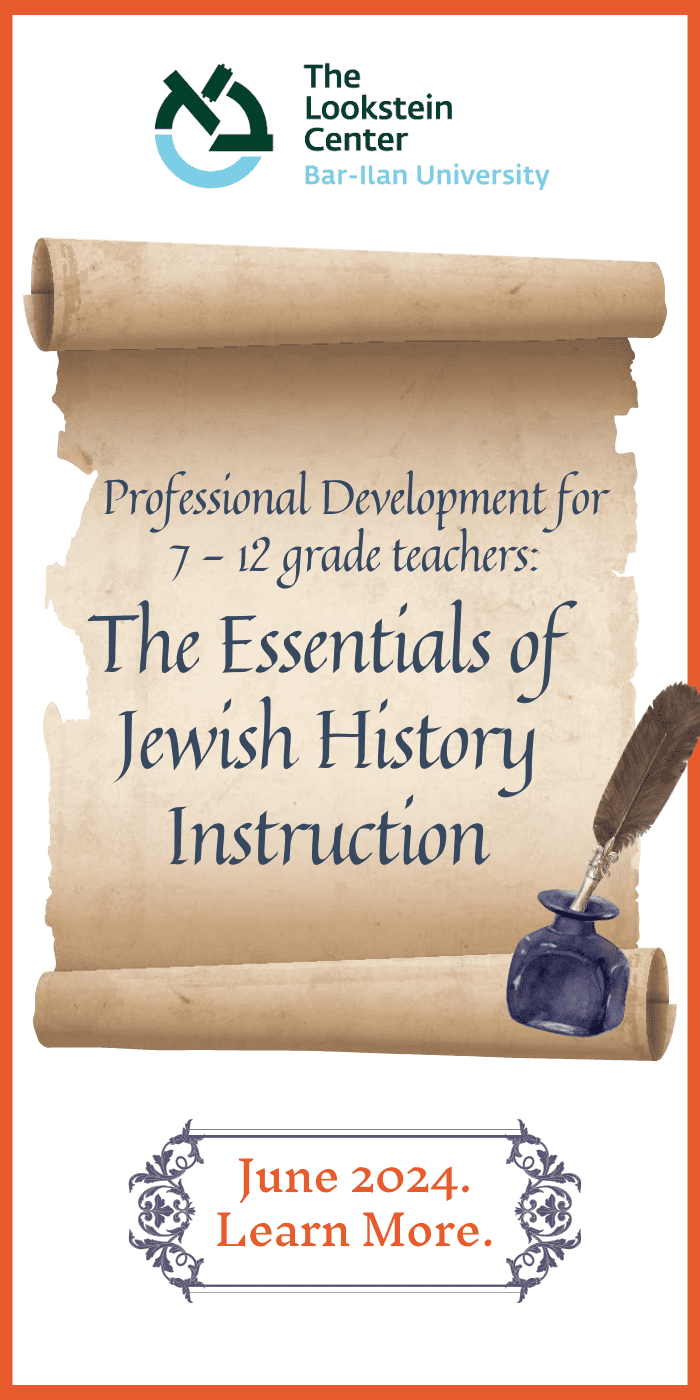“I’m just not spiritual.” Now What?

Alison Laichter teaches meditation all over the world, designs and facilitates gatherings and retreats, and works as a consultant for nonprofits and foundations. She founded the first ever Jewish Meditation Center in NYC, has a BE from The Cooper Union and an MS in Urban Planning from Columbia University.



Jon Kelsen is the Chief Education Officer at Drisha, having formerly served as Dean at Yeshivat Chovevei Torah. Dr. Rabbi Kelsen received ordination from Rabbis Daniel Landes and Zalman Nehemiah Goldberg and holds a PhD in Education and Jewish Studies from New York University, which he pursued as a Wexner Graduate Fellow.
In our learning and teaching, we have encountered many students who begin with the assumption that “spirituality is just not for me.” There may be a variety of reasons why some may feel as if they are intuitively turned off or alienated by anything labeled as spiritual, e.g., the association of spirituality with flightiness and lack of grounding; or associations of spirituality with specific individuals with whom the learner does not wish to identify with or emulate. Yet we’ve found it possible to overcome these predispositions, especially if spirituality is taught in accessible ways. In fact, some of Alison’s favorite meditation students are those that begin by saying, “My mind is too busy to sit still,” and “I’ve tried meditation before, it’s not for me.” Usually, after an introduction of what meditation is and can be (including personal anecdotes and stories about how to apply spiritual practices to a life based outside of monastic settings and rather anchored in the “real world”) and instruction on tangible and doable meditation and spiritual practices, these students are shocked to learn that not only are they perfectly capable of meditation—they enjoy and want to pursue it further.
The question, therefore, is not whether to teach for spirituality or not (because avoiding it is also sending a message), but how to teach spirituality in a way that engages a variety of students meaningfully and allows them to find their own paths, both as individuals and in community.
Two Practical Suggestions
To help people to see the possibility of growing spiritually, despite their fear, disinterest, or even resistance, we suggest two strategies that have proved helpful in our own practices and teaching: mirroring and modeling. By mirroring, we help reflect to learners the spirituality that is already present and inherent in their lives and experience. When learners can appreciate spirituality as an internal and organic process, they can approach the whole notion with a sense of ownership and openness. By modeling, we actively expose learners to diverse modes and models of spirituality, spiritual practices, and spiritually-oriented people and teachers. Again, this is a showing, not just a telling, of what spirituality is and can be for varied personalities and diverse life paths. These are two techniques which allow learners to see themselves as spiritually inclined and primed, to understand the nuances and diversity possible in spirituality, and to be open to exploration.
Mirroring
As in the Hasidic parable of the treasure seeker who travels to a distant land only to be directed that the treasure was hidden under the floorboards of his own home the whole time, educators must sometimes help learners find that capacities which seem distant are in some sense already theirs, if latent under their floorboards. These capacities need unearthing, and then development, and it can take an outside vantage point to help locate them, and the motivation to dig deeper. To do so, the educator might position herself as a mirror, seeking to reflect back to the learner her/his self.
The mirroring technique is often used in classroom settings to reflect back and reframe a learner’s comments or questions, enabling them to better understand their own words. Mirroring can also be helpful in reflecting back on a student’s behavior so that she can better understand the behaviors themselves and related emotional-mind states. Analogously, we encourage educators of spirituality to mirror back and reframe elements of the skeptical learner’s lived experience, so that the learner can realize the extent to which spirituality is already part of them.
An example: If a student is unfamiliar with or expresses skepticism about meditation, we might ask if they’ve ever been in love, witnessed a birth or death, watched the sun set or rise, or stargazed in the dark of night. If so, we can help reflect back on those experiences, suggesting that they may well have experienced some of the features of spiritual practice—the feeling of belonging, interconnectedness, and awe. Similarly, we might hold up a mirror to a student’s experience of being in the flow of concentration, immersing themselves in a practice or task (think about running, drawing, singing, knitting, etc.) with focus and presence. When students recognize the sensation of focus and presence, it often opens up a whole new way of paying attention—truly a cornerstone of spirituality.
A particular benefit of this technique is that, for many people, the experience of spirituality often doesn’t happen in religious or even “spiritual” settings. It can be helpful, in teaching spirituality, to name that directly, and mirror for students when they’ve experienced being fully present and inter-connected even in “non-spiritual” settings. This mirroring then allows learners to apply their access to spirituality to deepen and grow their connections with traditionally religious or ritualistic experiences. What seemed static, might now feel dynamic, a perfect pathway to teach that transformation is possible when we pay attention.
Modeling
The second technique we recommend is modeling. Students can connect with teachings via encounters with teachers and guides with whom they identify, on one level or another, and for whom they sense an affinity. They can imagine their own path in parallel or following directly along the same line. By seeing some aspect of their present or even future selves in an educator or mentor, students can envision possible versions of their lives, without having to radically change or reinvent themselves. This is one way that spirituality can be grounded and accessible. Our own teachers have served as models for us in this regard. Encountering teachers of spiritual practice who have operated on similar wavelengths as our own—who have matched our way of thinking or communicating, even if our life experiences are totally different—has allowed us to be open to their teachings and be more receptive to learning about spirituality and trying on different practices.
Modeling is often also useful as a means of validation. Knowing that a teacher or expert has also felt fear, disappointment, or grief, and learned how to work with those feelings, even getting back to joy and happiness—all this can be incredibly helpful to learners of all ages. We want to learn from and with people who have been where we are now and also can show us a path to get to where we want to be. We are always, consciously and unconsciously, looking for mentors and models. When we can model spirituality as a practice or set of practices, we normalize spirituality for all. When students can see and learn how spirituality can provide them with a foundation for being a person in the world, then it becomes real and useful.
Given the range of personality types and dispositions, it is therefore important to expose students to multiple spiritual teachers and models, embodying a parallel range of personalities. The capacity to serve as models in this sense is one criterion to keep in mind when hiring faculty—presenting students with a range of models who embody spirituality in diverse ways, rather than charging a single mashgiah ruhani (spiritual guide) or guru with carrying an entire program’s spirituality curriculum. Multiple models can also be presented through guest speakers, encountered in more informal contexts, and represented in readings and other resources. The important thing is that students be intentionally exposed to various models and feel free to connect with what’s important to them.
Conclusion
These two models, mirroring and modeling, diverge significantly when considering Parker Palmer’s point that sometimes, truth is best taught indirectly, as “headstrong ways of charging at truth scare the shy soul away.” While modeling has the virtue of not being dependent on overt instruction—of helping students to see possibilities from the slant, without scaring them away—mirroring does entail intentional feedback directed towards the learner.
Yet both practices of mirroring and modeling share the virtue of inspiring learners to see broader possibilities for themselves as spiritual people—or people who engage with spiritual practices, dispositions, and experiences. Rather than pushing students who are not yet ready to try on specific practices, mirroring and modeling allow the students the space and inclination to experience and interact with this prospect. Students can learn to identify their own latent spiritual capacities and be inspired by relatable models to envision themselves following suit. At the end of the day, and so conceived, mirroring and modeling are two ways educators can help gift their students with a spiritual introduction and education that is rooted, inclusive, and expansive.



Alison Laichter teaches meditation all over the world, designs and facilitates gatherings and retreats, and works as a consultant for nonprofits and foundations. She founded the first ever Jewish Meditation Center in NYC, has a BE from The Cooper Union and an MS in Urban Planning from Columbia University.



Jon Kelsen is the Chief Education Officer at Drisha, having formerly served as Dean at Yeshivat Chovevei Torah. Dr. Rabbi Kelsen received ordination from Rabbis Daniel Landes and Zalman Nehemiah Goldberg and holds a PhD in Education and Jewish Studies from New York University, which he pursued as a Wexner Graduate Fellow.
Reach 10,000 Jewish educational professionals. Advertise in the upcoming issue of Jewish Educational Leadership.




